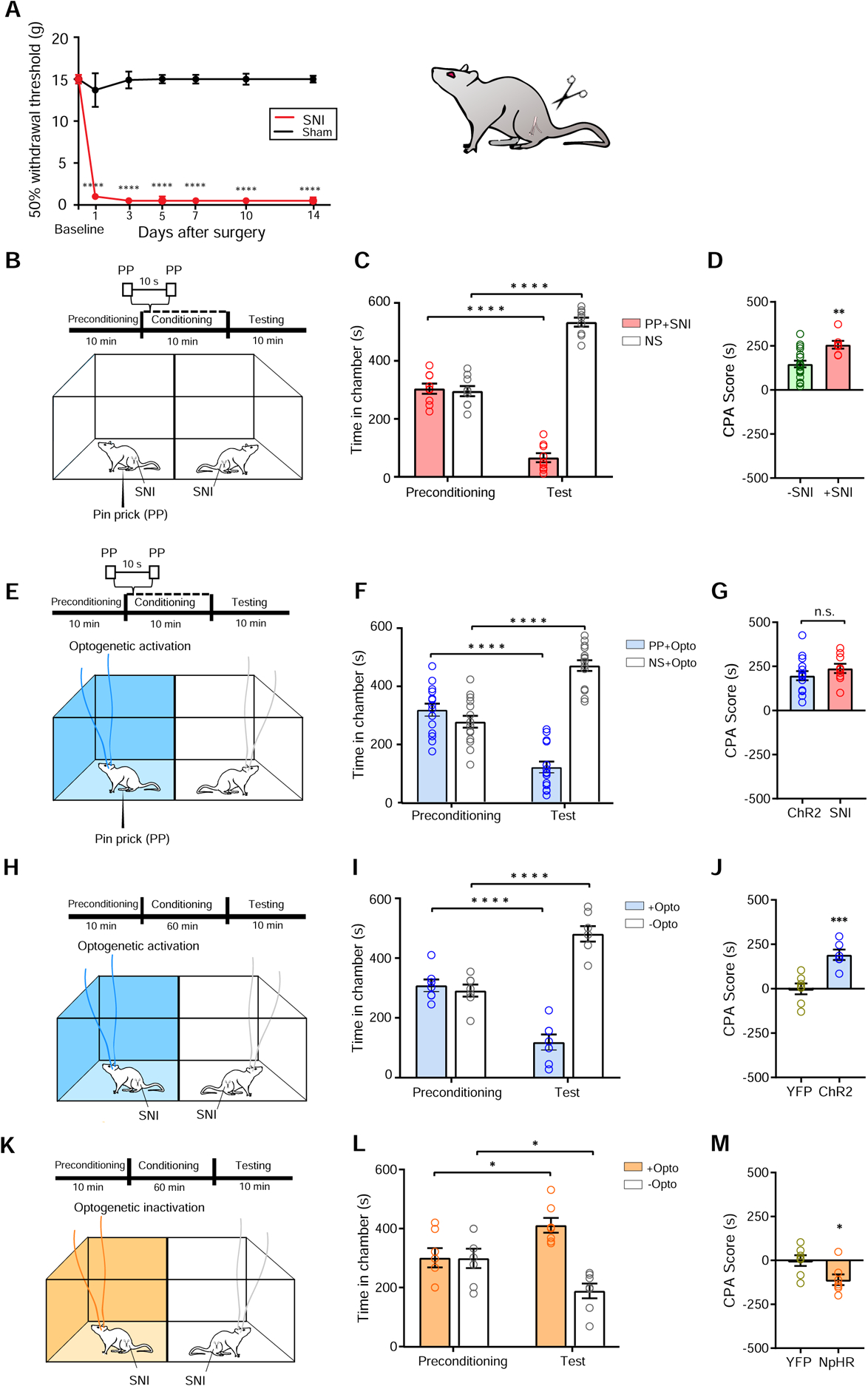Figure 5. Enhanced S1-ACC connectivity contributes to chronic neuropathic pain.

(A) SNI treatment induces mechanical allodynia, n = 6 (SNI), n = 6 (Sham). (B) Schematic of the CPA assay with SNI-treated rats. One of the chambers was paired with PP; the other chamber was paired with NS. (C) SNI treatment gives rise to the aversive value of PP. n = 7; p < 0.0001, paired Student’s t test. (D) SNI increased the aversive value of PP, as indicated by a higher CPA score. n = 7–19; p = 0.0034, unpaired Student’s t test. (E) Schematic of the CPA assay with one chamber paired with optogenetic activation of the S1→ACC projection and PP; the other chamber was paired with NS alone. (F) Rats spent significantly less time during the test phase than at baseline in the chamber paired with S1→ACC activation and PP. n = 15; p < 0.0001, paired Student’s t test. (G) S1→ACC activation caused a similar increase in the aversive response to PP as chronic pain. n = 7–15; p = 0.3012, unpaired Student’s t test. (H) Schematic of the CPA assay for tonic pain in the SNI model. (I) SNI-treated rats avoided the chamber associated with S1→ACC activation. n = 7; p < 0.0001, paired Student’s t test. (J) CPA score for SNI-treated rats which received S1→ACC activation. n = 7 (YFP), n = 6 (ChR2); p = 0.0009, unpaired Student’s t test. (K) Schematic of the CPP assay for tonic pain in the SNI model. One of the chambers was paired with inactivation of the S1→ACC projection; the other chamber was not. No peripheral stimulus was given. (L) SNI-treated rats preferred the chamber associated with S1→ACC inhibition. n = 7; p = 0.0111, paired Student’s t test. (M) CPP score for SNI-treated rats which received S1→ACC inhibition. n = 7; p = 0.0260, unpaired Student’s t test. Data represented as mean ± SEM.
See also Figure S5.
